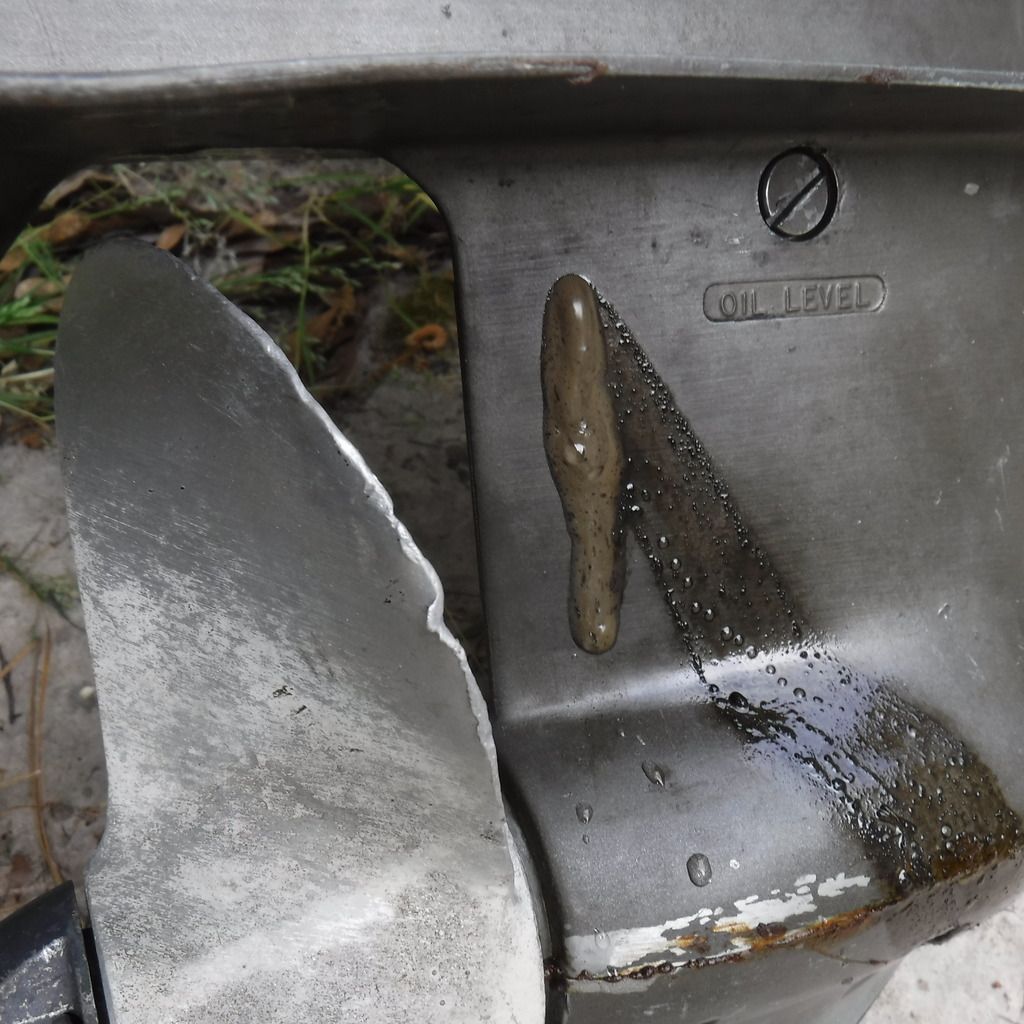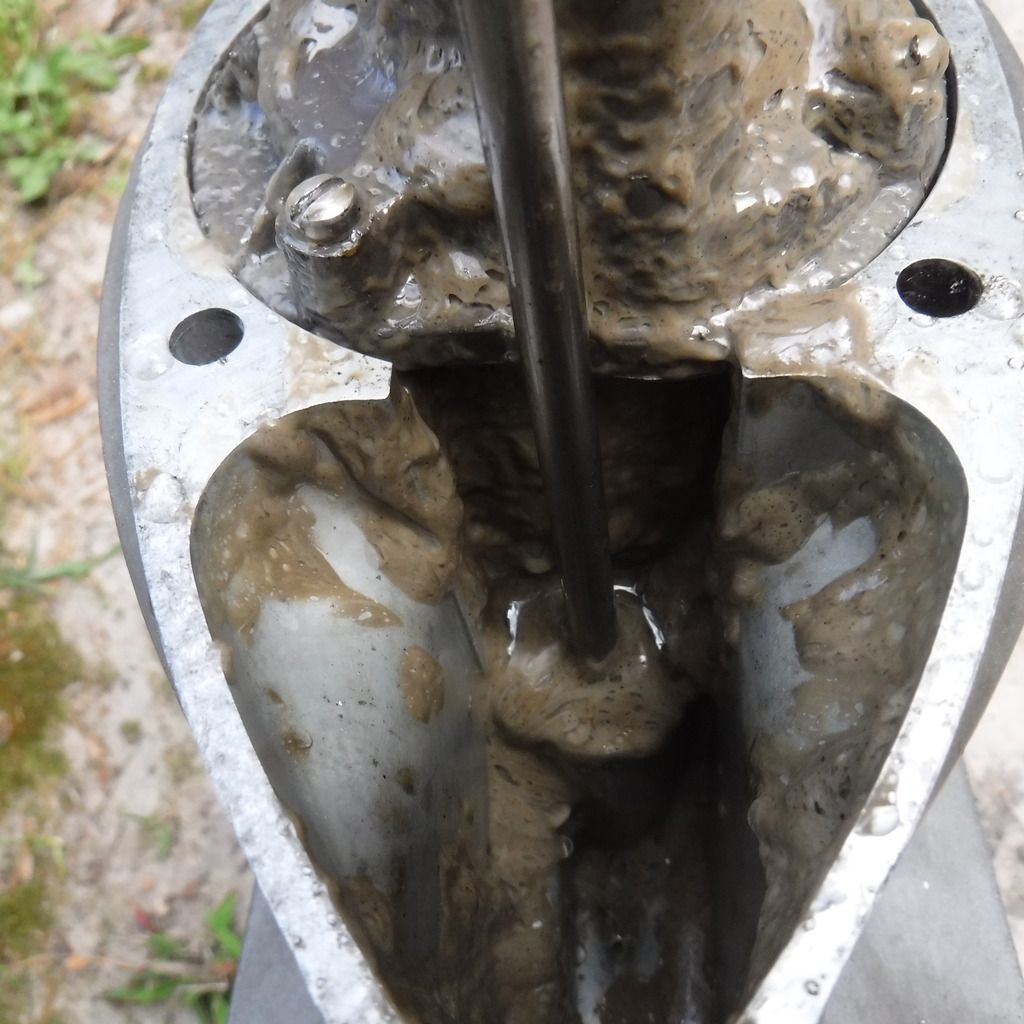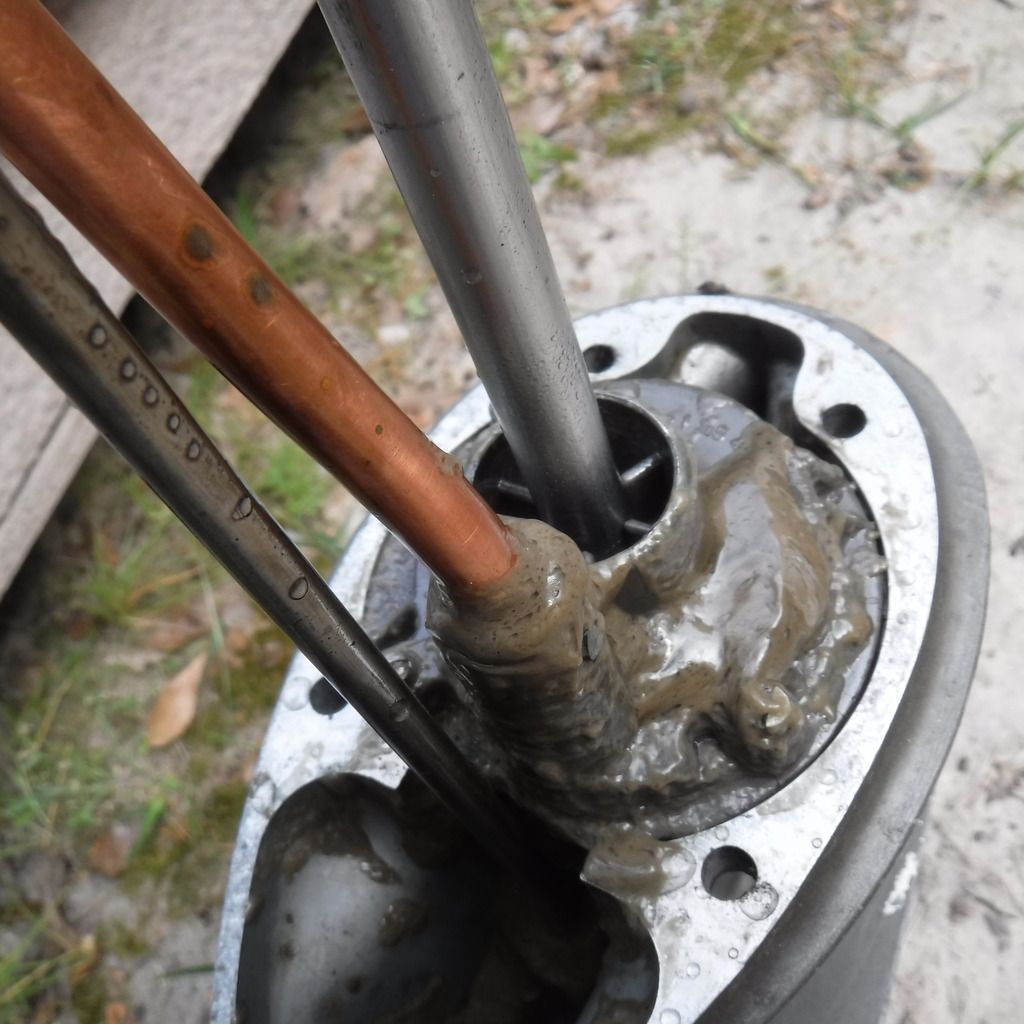Question for someone who has actually worked on a 197676 Johnson 25 HP #25E76E
I have taken out the shift rod bushing and seals under it.
I have replaced the o-ring in the shift rod bushing.
BUT....the little fat o-ring that goes in the bushing is tight from side to side..but it is not thick enough to fill the cavity completely in the bushing.
That is, the bushing is a little longer...
So....when the bushing is driven in and (sits on a domed washer, by the way) ....there is a space there ....between the washer and the o-ring.
That is, the o-ring is going to "float" in the bushing cavity..
Some say that I can drive the bushing down to compress the oring so as to provide friction for the shift rod......
I cannot.
The bushing bottoms out and will not compress the o-ring.
Question...
Is this normal?
Thanks for the help
I have taken out the shift rod bushing and seals under it.
I have replaced the o-ring in the shift rod bushing.
BUT....the little fat o-ring that goes in the bushing is tight from side to side..but it is not thick enough to fill the cavity completely in the bushing.
That is, the bushing is a little longer...
So....when the bushing is driven in and (sits on a domed washer, by the way) ....there is a space there ....between the washer and the o-ring.
That is, the o-ring is going to "float" in the bushing cavity..
Some say that I can drive the bushing down to compress the oring so as to provide friction for the shift rod......
I cannot.
The bushing bottoms out and will not compress the o-ring.
Question...
Is this normal?
Thanks for the help





Comment